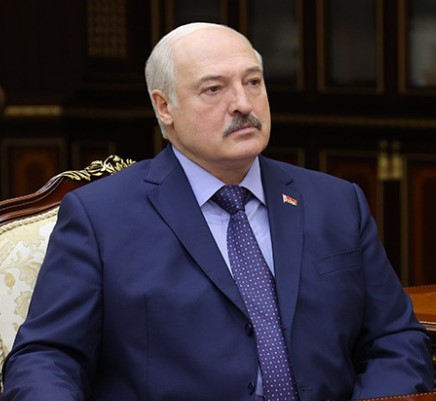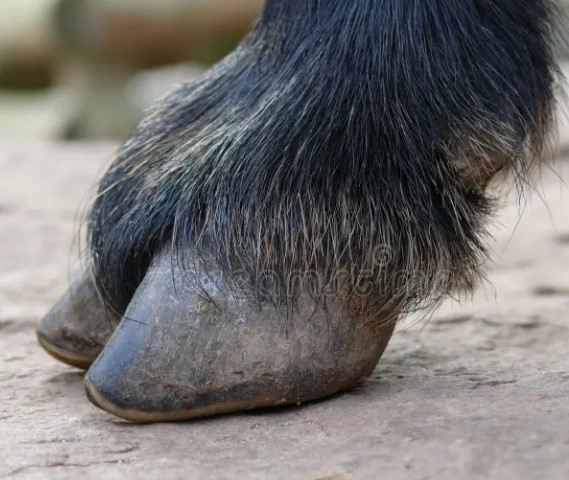Wine imports from EU countries fell by almost 40%

From August 1, 2023 to January 31, 2024, EU countries reduced supplies of still and sparkling wines to Russia by 37.2% compared to the same period in 2022–2023. This follows from trade statistics from the Directorate General for Agriculture and Rural Development of the European Commission, which RBC studied.
For six months from the beginning of the marketing year (we are talking about the period during the calendar year during which the sale of goods of a certain assortment occurs; for wine it begins in August and ends in July of the following year), the EU countries supplied 1.19 million hl of wine to Russia . This was the lowest figure in the last five years.
How did they think?
The calculations based on trade statistics from the European Commission took into account sparkling and still wines of protected designation of origin (PDO), protected geographical indication (PGI), varietal and other wines. Must (grape must), wines in bag-in-box packaging (a sealed bag for several liters in a branded box) and bulk wines were not taken into account in the calculation.
The drop in supplies was preceded by five years of growth, with the previous period being a record one. Thus, in the first half of the 2022/23 marketing year, 1.9 million hl of still and sparkling wines from the European Union were imported into Russia - 36% more than a year earlier.
The leading countries in wine supplies to Russia have not changed, but almost all of them have seen their volumes drop. Thus, the largest supplier - Latvia - reduced imports by 44.3%, to 368.3 thousand hl of wine. Exports from Lithuania to Russia fell by 32.3%, to 299.1 thousand hl, from Italy - by 29.5%, to 295.5 thousand hl.
What is the reason for the reduction in supplies from the EU?
European Commission statistics are based on countries where wine is shipped, and not its actual origin, recalls Alexander Lipilin, executive DIRECTOR of the wine trading company Fort. That is why the leaders in supplies to Russia traditionally include the non-wine-producing Baltic countries. Latvia is the largest EXPORT hub, where Russian companies importing wine apply excise stamps to their goods, without which the import of alcoholic beverages was prohibited until recently, Lipilin points out.
Nevertheless, the general statistics reflect the real picture - after the increase in customs duties on wine from unfriendly countries from August 1, 2023, supplies from the EU are actually declining, Lipilin continues. According to him, according to the results of calendar 2023, wine imports increased year on year by approximately 3–5% in volume terms. At the same time, the positive dynamics of the first half of the year was about 50%, and during the last six months of 2023 there was a drop of about 40%, says the executive director of Fort.
Before the increase in customs duties, wine importers stockpiled products, recalls AST General Director Leonid Rafailov. This process began back in 2022. In the first days of March 2022, after the start of a special military operation in Ukraine , the largest importers were forced to stop supplies for several days due to the collapse of the ruble. Deliveries then resumed, but importers faced a number of other problems. As a result, in March-April 2022, ALCOHOL imports to Russia fell by 30%, but then, after the situation with payments stabilized a little and the Russian currency strengthened, importers returned to purchases.
In August-October 2022, an “extreme compensatory peak” of imports occurred. In October 2023, Abrau-Durso President Pavel Titov stated that the volume of alcohol imported into the country had become “critical” for Russian winemaking. The market is “flooded with low-quality imported wine,” Titov complained; increasing import duties from August 1, 2023, in his opinion, did not solve the problem.
Before the excise rate increases from May 1 this year, there should be another surge in supplies, Rafailov believes. According to his estimates, before this date, about 75–80% of the annual demand for imported wine will be imported into the country, this will apply not only to products from the EU.
From which countries is wine import growing?
During the reporting period, only Poland managed to increase supplies, from where 75.3 thousand hl of still and sparkling wines were supplied to Russia - 21.3% more than during the same period in 2022/23. However, RBC's source among Russian alcohol importers associates this with the fact that all the wine that suppliers bring from different countries as part of parallel imports is concentrated in Poland before final shipment to Russia. For example, according to RBC's interlocutor, Moet & Chandon is imported this way.
Three more countries have increased their wine supplies to Russia, although their volumes are not very large. Thus, in the first six months of the current marketing year, 968 hl were imported from the Czech Republic - six times more than a year earlier. Russia's imports of wine from the Netherlands increased by 4.2%, to 198 hl, and by 933.3%, to 124 hl, from Belgium.
The increase in imports from Belgium is explained by the fact that local enterprises began to bottle wine there from New Zealand, which, as part of the sanctions, stopped shipments to Russia, says Lipilin. “So in fact the wine coming from Belgium is New Zealand Sauvignon Blanc,” he notes. And the increase in shipments from the Czech Republic is associated with supplies from a number of Russian importers, including Fort, a local premium wine, the expert continues. However, it is not yet in great demand in Russia, notes RBC’s interlocutor.
Supplies of wine from Argentina, Chile and South Africa, which are not subject to increased customs duties, are now growing most actively, Lipilin concludes. According to Rafailov’s forecasts, the leaders will be Italy and Georgia, which are relatively loyal to Russia .
X5 Group (manages the Pyaterochka, Perekrestok and Chizhik retail chains) increased wine supplies in 2023 by 9%, to 40 million liters, the company told RBC. The main volume came from Georgia and Italy - 25% each, the growth was 33 and 18%, respectively. In addition, the company increased supplies from South Africa, Chile, Argentina, Azerbaijan and Armenia. At the same time, the retailer continued to import European wines, despite the increase in duties, as “consumers’ interest in it remains,” added the X5 Group. In particular, in 2023 the company increased supplies from Austria and Portugal.
Read together with it:
- Парагвай: Экспорт субпродуктов является растущей отраслью и уже достиг 95,4 млн долларов СШАЭкспорт говяжьих субпродуктов в этом году значительно вырос. К концу августа выручка составила 95,4 млн долларов США по сравнению с 54,6 млн долларов США на тот же конец прошлого года. По данным SENACSA, в конце августа этого года было экспортировано 51 миллион килограммов мяса по сравнению с 33,7 миллиона килограммов на конец того же месяца прошлого года. Экспорт субпродуктов увеличился на 51,3%....
- Новые горизонты сотрудничества: Россия и Аргентина обсуждают совместный доступ на рынки продукции животного происхожденияОдной из ключевых тем конференции стал контроль за производством ветеринарных препаратов в Аргентине. Аргентинская сторона представила свою систему контроля, включающую Управление ветеринарных продуктов и Управление лабораторий животных. Эти организации обеспечивают высокие стандарты безопасности, так как каждая производственная единица подвергается проверкам каждые 3-5 лет и зарегистрирована в ин...
- Министерство сельского хозяйства США представило план по снижению цен на говядинуПоголовье скота в стране находится на самом низком уровне за последние 75 лет, в то время как спрос на говядину вырос на 9% за последнее десятилетие. Поскольку увеличение поголовья скота в стране требует времени, Министерство сельского хозяйства США (USDA) уже сейчас инвестирует средства, чтобы сделать эти рынки менее волатильными для скотоводов в долгосрочной перспективе и более доступными для по...
- С января по июль экспорт свинины из ЕС вырос на 1,6%На втором месте оказались Нидерланды с объёмом экспорта в 392 000 тонн. Дания экспортировала свинину в третьи страны с объёмом в 308 000 тонн, что примерно на 13% меньше, чем в предыдущем году. Германия экспортировала 180 000 тонн, что на 18% меньше, чем годом ранее. Это было обусловлено, главным образом, дополнительными ограничениями на экспорт, вызванными вспышкой ящура в начале года. Помимо зап...
- Московская область планирует нарастить мясное производство на 25% к 2030 годуВ Московской области более 100 предприятий уже выпускают около 305,000 тонн мяса, из которых значительная доля поступает от 19 ведущих производителей свинины и мяса птицы. Также в регионе реализуются два новых инвестиционных проекта: в Можайске строится утиная ферма на 125,000 птиц, а в Ступино — овцеводческое хозяйство на 11......




























































